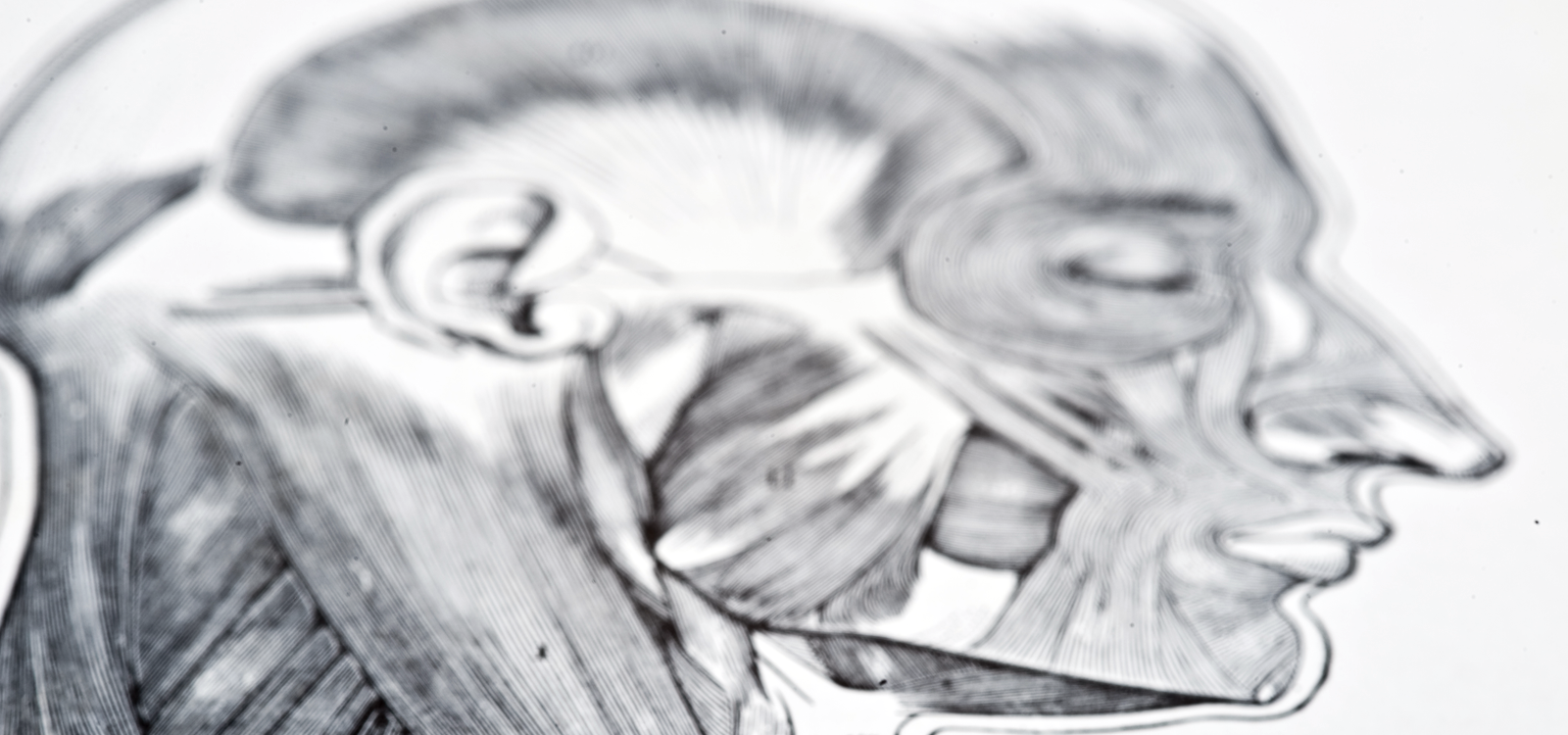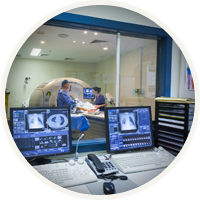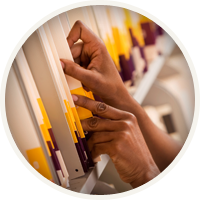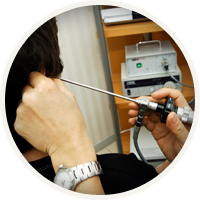
Can you draw? (No, Snapchat art doesn’t count.) If you’ve got some natural ability in drawing real things (people, for instance), then you can use your talents to help the medical world. Medical illustrators create realistic drawings of things like human organs and surgical procedures to be used in books, manuals, and presentations. In this job, you work for yourself, and hospitals, clinics, schools, and researchers hire you to create illustrations for their projects. This means collaborating with doctors and scientists to really get to know about the things you’ll be drawing. It’s a great career and a cool way to use your mad art skills—plus you only need an associate’s degree to be qualified.
The Details
There’s some cellular activity in the body that’s too small for even the strongest microscopes to see—so doctors and scientists rely on computer animations to see and understand it, which in turn can help them heal people and find cures for diseases.
One of the very first uses of medical illustrations dates back to the 16th century—physician Andreas Vesalius put drawings of body parts in his book On the Fabric of the Human Body.






